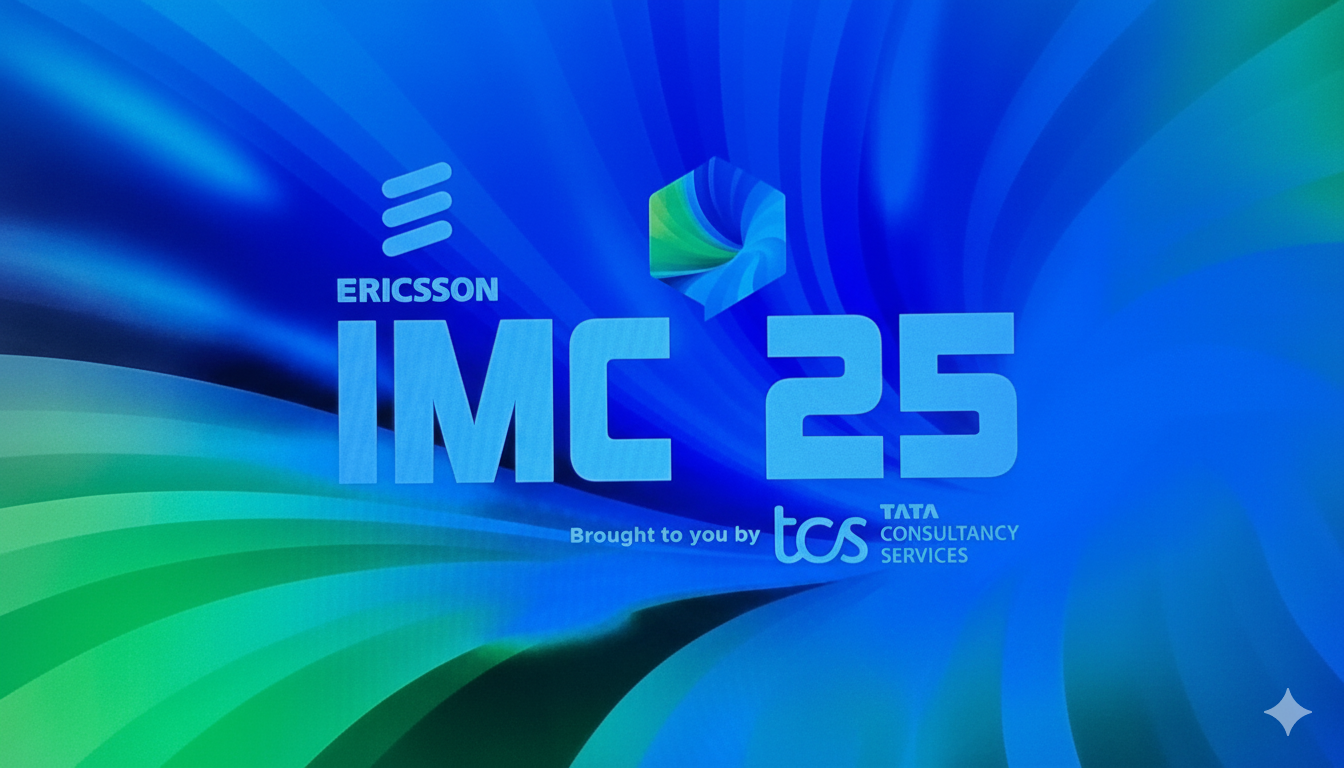- Home
- /
- Venture Capital
- /
- VC Funding vs. Bootstrapping
Introduction
Starting a business? You’re at a crossroads. One path glimmers with venture capital (VC) funding—big money, big networks, big expectations. The other? Bootstrapping—grit, control, and self-reliance. Choosing between VC funding and bootstrapping shapes your startup’s destiny. This comprehensive guide dives deep into both approaches, exploring their pros, cons, scenarios, case studies, and FAQs to help you decide. Packed with insights and real-world examples, let’s unravel the ultimate startup funding debate: VC funding vs. bootstrapping.
What Is VC Funding?

Venture capital funding involves raising money from investors—venture capitalists—who pour capital into startups with high-growth potential. In exchange, you give up equity and, often, some control. VC funding is the rocket fuel for startups aiming to scale fast, dominate markets, and disrupt industries.
How VC Funding Works
- Pitching: You craft a killer pitch deck and woo investors.
- Valuation: VCs assess your startup’s worth.
- Equity Trade: You trade a stake (10-30% typically) for millions in funding.
- Growth Push: Funds fuel hiring, marketing, and product development.
Benefits of VC Funding
- Massive Capital: Millions to scale operations, hire talent, or expand globally.
- Networks: VCs open doors to industry connections, mentors, and partners.
- Credibility: A VC-backed startup signals trust to customers and other investors.
- Speed: Accelerate growth to outpace competitors.
Downsides of VC Funding
- Equity Loss: You give up ownership, diluting your stake.
- Pressure: VCs demand rapid growth and exits (IPO or acquisition).
- Control: Investors may influence strategy or push for board seats.
- Risk of Failure: High expectations can lead to burnout or pivots.
What Is Bootstrapping?

Bootstrapping is funding your startup with personal savings, revenue, or minimal external help. It’s the DIY approach—think lean, scrappy, and fiercely independent. You retain full control but face slower growth and resource constraints.
How Bootstrapping Works
- Personal Funds: Use savings, credit cards, or side hustles.
- Revenue Reinvestment: Plow profits back into the business.
- Lean Operations: Minimize costs with freelancers, automation, or DIY marketing.
- Organic Growth: Scale as revenue allows, not investor timelines.
Benefits of Bootstrapping
- Full Control: No investors meddling in your vision.
- Equity Retention: Keep 100% ownership of your startup.
- Flexibility: Pivot or experiment without boardroom battles.
- Sustainability: Build a business that thrives on real customer demand.
Downsides of Bootstrapping
- Limited Resources: Cash flow constraints can stifle growth.
- Slow Scaling: You may lag behind VC-backed competitors.
- Personal Risk: Your savings or credit are on the line.
- Burnout: Wearing all hats can exhaust founders.
Key Differences

| Aspect | VC Funding | Bootstrapping |
| Capital | Millions from investors | Personal savings or revenue |
| Equity | Give up 10-50% ownership | Retain 100% ownership |
| Control | Shared with investors | Full founder control |
| Growth Speed | Rapid, aggressive scaling | Organic, slower growth |
| Risk | Investor pressure, potential failure | Personal financial risk |
| Resources | Access to networks, talent, and tools | Limited to the founder’s resources |
When to Choose VC Funding

Venture capital shines in specific scenarios. Consider VC funding if:
- You’re in a Competitive Market: Need to scale fast to beat rivals? VC cash fuels aggressive marketing and expansion. Think Uber vs. Lyft.
- Capital-Intensive Business: Biotech, AI, or hardware startups often need millions for R&D or infrastructure.
- Global Ambitions: Expanding internationally? VC funding covers logistics, hiring, and localization.
- Network-Driven Growth: VCs connect you to industry giants, accelerating partnerships or sales.
Case Study: Airbnb (VC Funding Success)
Airbnb raised $600,000 from Sequoia Capital in 2009. This fueled global expansion, marketing, and tech upgrades. By 2020, Airbnb’s valuation hit $18 billion. VC funding helped Airbnb dominate the home-sharing market, but founders gave up significant equity and faced investor pressure to scale.
When to Choose Bootstrapping

Bootstrapping is ideal when you prioritize control or have a lean model. Opt for bootstrapping if:
- You Have a Niche Market: Smaller, targeted markets don’t always need massive capital.
- Revenue Comes Early: SaaS or e-commerce businesses can reinvest profits quickly.
- You Value Independence: Want to call the shots? Bootstrapping keeps investors out.
- Low Startup Costs: Digital products or service-based businesses require minimal upfront cash.
Case Study: Mailchimp (Bootstrapping Triumph)
Mailchimp, an email marketing platform, has bootstrapped for 20 years. Founders Ben Chestnut and Dan Kurzius used revenue to grow, avoiding VC funding. In 2021, Intuit acquired Mailchimp for $12 billion. Bootstrapping preserved their vision and equity, proving that slow growth can win big.
Hybrid Approach: Blending VC and Bootstrapping

Some startups mix both. Start bootstrapping to validate your idea, then seek VC funding to scale. This hybrid model minimizes early equity loss while leveraging investor capital later.
Case Study: Atlassian
Atlassian bootstrapped its early years, building Jira and Confluence with revenue. In 2010, they raised $60 million from Accel Partners to scale globally. This blend kept founders in control early while unlocking VC resources for growth. Atlassian’s valuation hit $10 billion by 2015.
Pros and Cons in Different Scenarios

Tech Startups
- VC Funding: Ideal for AI, fintech, or SaaS needing heavy R&D or user acquisition. Example: Stripe raised $100 million to build payment infrastructure.
- Bootstrapping: Works for niche SaaS with low overhead, like Basecamp, which stayed lean and profitable.
E-Commerce
- VC Funding: Suits brands needing inventory, logistics, or marketing scale. Warby Parker raised $215 million to disrupt eyewear.
- Bootstrapping: Feasible for dropshipping or small-batch products. Spanx bootstrapped its way to a $1 billion valuation.
Service-Based Businesses
- VC Funding: Rare, as service businesses scale more slowly. Exceptions include high-growth consultancies.
- Bootstrapping: Common for agencies or freelancers. Example: 37signals (Basecamp’s parent) bootstrapped to millions in revenue.
How to Bootstrap or Raise VC Funding

Bootstrapping Strategies
- Leverage Personal Resources: Dip into savings, use credit cards cautiously, or maintain a side hustle to fund initial costs. Example: Sara Blakely funded Spanx with $5,000 from her savings.
- Minimize Expenses: Use free tools like Canva for design, Google Workspace for collaboration, or open-source software. Outsource non-core tasks to freelancers on platforms like Upwork.
- Focus on Early Revenue: Launch a minimum viable product (MVP) to generate cash flow fast. Reinvest profits into growth. Tools like Stripe or PayPal simplify payments.
- Build a Lean Team: Hire versatile freelancers or co-founders with complementary skills. Avoid over-hiring to keep costs low.
- Market Creatively: Use social media (X, LinkedIn) for organic reach, content marketing, or partnerships. Example: Dropbox grew via referral programs, not paid ads.
Raising VC Funding Strategies
- Craft a Stellar Pitch Deck: Highlight problem, solution, market size, traction, and team. Use tools like Pitch or Canva for professional decks. Aim for 10-15 slides.
- Research VCs: Target firms aligned with your industry (e.g., Sequoia for tech, Andreessen Horowitz for SaaS). Use Crunchbase or PitchBook to find investors.
- Show Traction: Prove your startup’s potential with metrics—revenue, user growth, or engagement. Example: Airbnb showed host bookings to secure Sequoia’s investment.
- Network Relentlessly: Attend startup events, join accelerators like Y Combinator, or connect via LinkedIn. Warm intros from mutual contacts boost credibility.
- Negotiate Terms: Understand term sheets, such as valuation, equity, and board seats. Hire a lawyer to avoid unfavorable clauses. Aim to retain as much control as possible.
Recommended Readings
For deeper insights into VC funding and bootstrapping, dive into these recommended readings: “Venture Deals” by Brad Feld and Jason Mendelson unpacks the intricacies of venture capital, from term sheets to negotiations, perfect for founders eyeing VC funding. For bootstrapping enthusiasts, “The Lean Startup” by Eric Ries offers a blueprint for building lean, customer-focused businesses without external capital. “Zero to One” by Peter Thiel explores scaling innovative startups, blending VC and bootstrapped mindsets. Finally, “The Art of Bootstrapping” by Guy Kawasaki, available on his blog or in startup anthologies, delivers practical tips for scrappy, self-funded growth. These resources, packed with actionable strategies, will guide your funding journey.
FAQs: VC Funding vs. Bootstrapping

1. Which is better for first-time founders?
Bootstrapping is often safer for newbies. You learn the ropes, retain control, and avoid investor pressure. VC funding suits founders with proven traction or industry connections.
2. Can I switch from bootstrapping to VC funding?
Yes! Many startups bootstrap to validate their idea, then raise VC funds to scale. Atlassian and GitHub followed this path.
3. How much equity do VCs take?
Typically 10-30% per round, depending on the funding stage (seed, Series A, etc.). Negotiate to minimize dilution.
4. Is bootstrapping riskier?
It depends. Bootstrapping risks personal finances, while VC funding risks failure under investor pressure. Assess your risk tolerance.
5. What industries favor VC funding?
Tech, biotech, AI, and consumer apps often need VC capital. Service-based or lifestyle businesses lean toward bootstrapping.
6. How do I attract VC funding?
Build a strong pitch deck, show traction (revenue, users), and target VCs aligned with your industry. Network through events or LinkedIn.
7. Can bootstrapped businesses scale?
Absolutely. Mailchimp, Basecamp, and Spanx scaled without VC funding by reinvesting profits and staying lean.
Conclusion: VC Funding or Bootstrapping?

The choice boils down to your vision, industry, and risk appetite. VC funding offers speed, scale, and networks but sacrifices equity and control. Bootstrapping builds independence and sustainability but demands patience and resourcefulness. Analyze your market, resources, and goals. Whether you chase venture capital or bootstrap your way to success, both paths can lead to greatness. Choose wisely, and build relentlessly.
Enjoyed this article? Dive deeper into venture capital with our detailed guide—check it out here. Plus, explore our curated resources on venture capital right here.












Leave a Reply